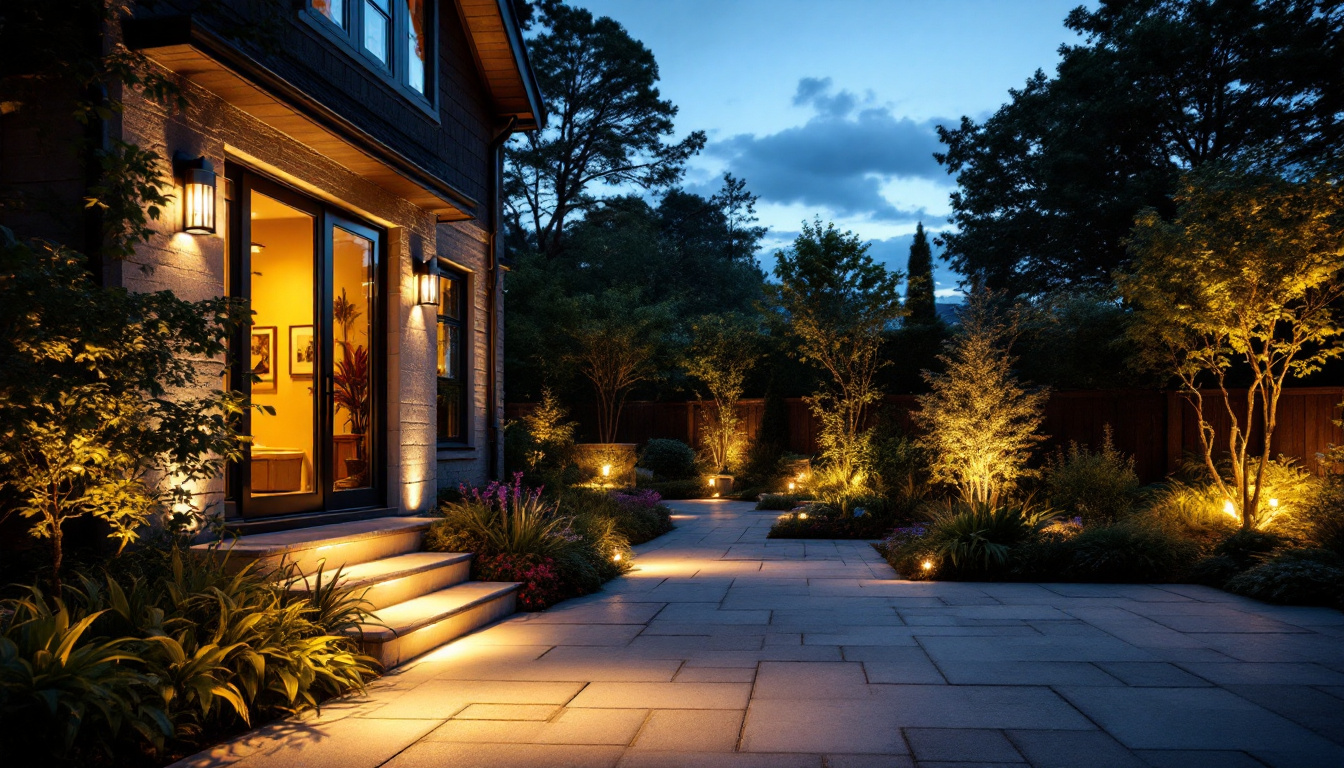
Lighting contractors play a crucial role in ensuring that spaces are well-lit, energy-efficient, and aesthetically pleasing. However, even seasoned professionals can make mistakes when it comes to selecting and installing Bulb T8 lighting systems. Understanding these common pitfalls can help contractors improve their work quality and client satisfaction. This article explores frequent errors made by lighting contractors and offers insights on how to avoid them.
Before delving into common mistakes, it is essential to understand what Bulb T8 lighting is. T8 bulbs are tubular fluorescent lamps that measure one inch in diameter and are typically 48 inches long. They are widely used in commercial and industrial settings due to their energy efficiency and bright illumination.
These bulbs have gained popularity as an alternative to traditional incandescent and older fluorescent lighting systems. However, their installation and application require a sound understanding of various factors, including compatibility with fixtures, energy consumption, and lighting needs. T8 bulbs also come in various color temperatures, ranging from warm white to cool daylight, allowing for flexibility in creating the desired ambiance in a given space. This versatility makes them suitable for a wide range of applications, from office environments to retail spaces, where lighting can significantly impact mood and productivity.
A frequent oversight among lighting contractors is failing to ensure that T8 bulbs are compatible with existing fixtures. Many older fixtures designed for T12 bulbs may not accommodate T8 bulbs without modifications. This can lead to issues such as flickering lights or even complete failure of the lighting system.
Contractors should always check the specifications of the fixtures before selecting T8 bulbs. This includes verifying the ballast type and ensuring that it is compatible with T8 technology. Using the wrong ballast can not only affect performance but also void warranties. Additionally, the physical dimensions of the fixtures must be considered, as some may require retrofitting to properly house T8 bulbs. Understanding these compatibility factors can save time and resources, ensuring a smoother installation process and optimal lighting performance.
While T8 bulbs are generally more energy-efficient than their predecessors, some contractors miscalculate the potential energy savings. It is crucial to assess the entire lighting system, including the number of fixtures and bulbs, to accurately determine energy consumption and savings.
Contractors should utilize lighting design software or energy calculators to project energy usage and savings accurately. This approach allows for informed decisions that align with client expectations regarding energy efficiency and cost savings. Furthermore, it is important to consider the lifespan of T8 bulbs, which can last up to 20,000 hours, significantly reducing replacement frequency and maintenance costs over time. By factoring in the long-term benefits of T8 lighting, contractors can present a compelling case to clients, demonstrating not just immediate savings but also the sustainability of their lighting choices. This holistic view of energy efficiency can lead to more informed purchasing decisions and a greater appreciation for the advantages of modern lighting technologies.
Installation is a critical phase in the lighting process, and mistakes made during this stage can have lasting implications. Proper installation ensures that the lighting system functions optimally and meets the intended design objectives. A well-executed installation not only enhances the aesthetic appeal of a space but also contributes to energy efficiency and long-term maintenance savings.
One of the most common installation mistakes is incorrect mounting heights for T8 fixtures. The height at which fixtures are installed can significantly impact the quality of light distribution and overall effectiveness of the lighting system. When fixtures are mounted too high, the light may not adequately illuminate the task areas, leading to dark spots and reduced visibility.
Contractors should consider the specific application of the space when determining mounting heights. For instance, in a warehouse setting, higher mounting may be appropriate, while lower mounting may be necessary for office environments to reduce glare and improve visibility. Additionally, factors such as the color of the walls and the presence of any obstructions should also be taken into account, as these can influence how light is reflected and distributed throughout the area.
After installation, it is essential to test the lighting system thoroughly. Some contractors skip this step, assuming that everything is functioning correctly. However, this can lead to undetected issues that may affect performance and client satisfaction. A thorough testing protocol not only identifies potential problems but also helps in fine-tuning the lighting setup to achieve the desired ambiance.
Testing should include checking for flickering, color consistency, and brightness levels. Conducting a walkthrough with the client can also provide valuable feedback and ensure that the lighting meets their expectations. Moreover, documenting the testing results can serve as a reference for future maintenance and troubleshooting, ensuring that any adjustments can be made promptly and effectively. By prioritizing these testing procedures, contractors can enhance their reputation for quality work and foster long-term relationships with clients.
Lighting design is not just about installing fixtures; it involves creating a cohesive and functional lighting scheme. Contractors who overlook design principles may end up with poorly lit spaces that do not meet the client’s needs. A well-thought-out lighting plan can transform a mundane environment into a vibrant and inviting space, enhancing both the aesthetic appeal and the overall functionality.
One common mistake is failing to layer light effectively. A well-designed lighting scheme incorporates ambient, task, and accent lighting to create a balanced and functional environment. Relying solely on T8 fixtures for ambient lighting can lead to insufficient illumination for specific tasks. This oversight can make areas feel either too harsh or too dim, creating discomfort for occupants.
Contractors should consider the different types of lighting needed in a space and how T8 fixtures can complement other light sources. For instance, using pendant lights or wall sconces in conjunction with T8 fixtures can provide the necessary task lighting for work areas while also adding visual interest. This approach enhances functionality and aesthetics, ultimately leading to greater client satisfaction. Moreover, incorporating dimmers can allow for flexibility in lighting, enabling users to adjust the ambiance according to their needs and preferences.
Color temperature is another critical aspect of lighting design that is often overlooked. T8 bulbs come in various color temperatures, typically ranging from warm white (3000K) to cool white (5000K). Selecting the wrong color temperature can significantly affect the mood and functionality of a space. For example, a warm white light can create a cozy atmosphere ideal for relaxation, while a cooler tone can enhance focus and productivity.
Contractors should discuss color temperature options with clients and consider the intended use of the space. For example, warmer tones may be more suitable for residential areas, while cooler tones may be preferred in commercial settings. Additionally, it’s important to consider how natural light interacts with artificial lighting throughout the day. As daylight changes, the color temperature of the light can also shift, affecting the overall perception of the space. By strategically planning for these variations, contractors can ensure that the lighting remains effective and appealing at all times, creating an environment that feels both dynamic and harmonious.
Education is a vital component of the contractor-client relationship. Many contractors fail to adequately inform clients about the features and benefits of T8 lighting, which can lead to misunderstandings and dissatisfaction.
Clients should be made aware of the maintenance requirements associated with T8 lighting. While these bulbs generally have a longer lifespan than traditional options, they still require periodic checks and replacements. Failing to communicate this can result in clients being unprepared for future maintenance needs.
Providing clients with a maintenance schedule and tips for prolonging the life of their T8 fixtures can enhance their overall experience and satisfaction with the lighting system.
Another critical aspect of client education is setting realistic expectations regarding performance and aesthetics. Some contractors may overpromise on energy savings or brightness levels, leading to disappointment when the final results do not meet expectations.
Clear communication about what T8 lighting can achieve, along with potential limitations, is essential. This transparency builds trust and fosters a positive working relationship between contractors and clients.
Compliance with local building codes and regulations is a fundamental responsibility of lighting contractors. Neglecting these requirements can lead to legal issues and project delays.
Many regions have specific energy codes that dictate the type of lighting systems that can be installed. Contractors must stay informed about these regulations and ensure that their T8 installations comply with energy efficiency standards.
Failing to adhere to energy codes can result in fines and may require costly modifications to the lighting system. Regular training and education on local codes can help contractors avoid these pitfalls.
In addition to energy codes, obtaining the necessary permits is crucial for any lighting installation. Some contractors may overlook this step, assuming that their work does not require permits. However, this can lead to significant complications down the line.
Contractors should familiarize themselves with local permitting requirements and ensure that all necessary permits are obtained before commencing work. This diligence can save time and resources in the long run.
Lighting contractors play a vital role in creating functional and aesthetically pleasing environments through the installation of Bulb T8 lighting systems. However, common mistakes can hinder their effectiveness and client satisfaction. By understanding compatibility, installation best practices, design principles, client education, and regulatory compliance, contractors can significantly improve their work quality.
Ultimately, avoiding these pitfalls not only enhances the contractor’s reputation but also fosters long-term relationships with clients. A well-executed T8 lighting installation can lead to satisfied customers who are more likely to recommend the contractor’s services to others.
In a competitive market, attention to detail and a commitment to excellence can set contractors apart. By learning from common mistakes and striving for continuous improvement, lighting professionals can ensure their success in the industry.
Don’t let common mistakes compromise your lighting projects. Choose LumenWholesale for your Bulb T8 needs and benefit from our commitment to quality, affordability, and convenience. Our spec-grade lighting products meet the highest industry standards, ensuring you deliver excellence to your clients every time. Say goodbye to inflated markups and hello to unbeatable wholesale prices with the added advantage of free shipping on bulk orders. Elevate your lighting installations today by visiting Wholesale Lighting at the Best Value and experience the LumenWholesale difference.

Discover how fluorescent LED lamps are revolutionizing the lighting industry and helping contractors secure more projects.

Discover how patio outdoor lights can be a game-changer for lighting contractors looking to win more bids.

Discover the latest trends in four-way switches that every lighting contractor needs to stay ahead in the industry.

Discover essential insights into the Volt Outdoor Lighting Sale tailored for lighting contractors.